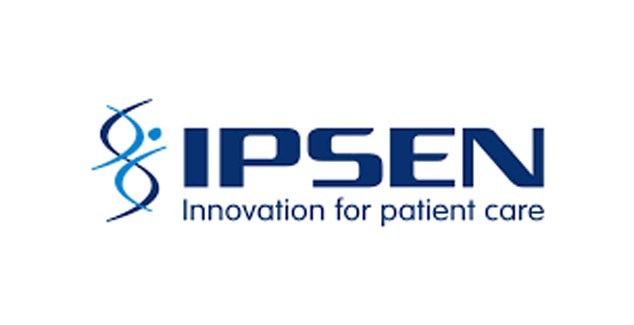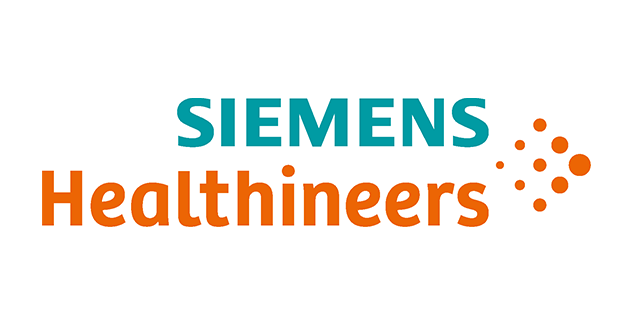Stroke Care in Mexico: A Pilot Study of a Multidisciplinary Stroke Care Network
06 Dec 2021 International Journal of StrokeThe ‘ResISSSTE Cerebro’ is a network of stroke care centres which was implemented in Mexico, in 2019.
The ‘ResISSSTE Cerebro’ is a network of stroke care centres which was implemented in Mexico, in 2019.
Dulce Bonifacio-Delgadillo MD.1, Julita Orozco-Vázquez MD.2, Pablo Cordoba-Santos 3, Angel Solis-Buenfil 4, Oscar Hernández-Hernández 5, Leonardo Morales-Jaramillo MD.1, David Timaran-Montenegro MD.1, Daniela Fuentes-Badillo1 & Lilia Nuñez-Orozco.1
1 Interventional Neuroradiology, Centro Médico Nacional 20 de Noviembre, Mexico City ISSSTE
2 Radiology Centro Médico Nacional 20 de Noviembre Mexico City ISSSTE
3 ISSSTE, Emergency Department Hospital Columbia Rivera Osorio Pachuca, Hidalgo, MX
4 ISSSTE, Emergency Department Hospital Regional Merida, MX
5 ISSSTE, Emergency Department Hospital Dario Fernandez Fierro Mexico City MX
Eight public medical institutions were selected across Mexico city and two small cities to become stroke care facilities (Figure 1). As part of the network, each centre implemented stroke specialist care and a formal stroke pathway for the treatment and follow up of patients.

Figure 1. Graph to show frequency, and type, of Medical Institutions included in the ResISSSTE Cerebro programme.
Two years on, Dr. Dulce Bonifacio, a doctor at one of the chosen centres (Centro Médico Nacional 20 de Noviembre), and team have set out to investigate care quality at each centre. “We wanted to look at how ResISSSTE Cerebro was working at each public medical centre” explained Dr. Dulce Bonifacio. “To do this, we looked at the critical time periods and frequency of reperfusion therapy at each of the eight sites”.
The team prospectively recorded demographics, door-to-imaging, time to neurological assessment, alteplase initiation time and mortality and analysed the data; assessing a total of 118 patients with confirmed stroke who were admitted to the hospital over a period of 26 months

The research team (top left to bottom right): Dulce Bonifacio MD, Julita Orozco MD, Lilia Nuñez MD, Oscar Hernández MD, Angel Solis MD, Pablo Cordoba MD, Leonardo Morales, David Timaran and Daniela Fuentes.
“Patients had a mean age of 68.2 years and just over half were male (53%), with 112 of 118 the confirmed stroke cases ischaemic” explained Dr. Bonifacio. The team found that the median door-to-imaging time was 50 minutes, and for neurological assessment 138 minutes after symptom onset. The overall 30-day mortality rate was 10%. “We also saw that in the 39% of patients treated with alteplase, the median time to thrombolysis after onset of symptoms was 167 minutes” explained said Dr. Dulce Bonifacio.
The team also considered how stroke care differed at each type of institute “Acute Stroke Ready Hospitals had shorter times to neurological assessment and shorter door-to-imaging times, but time-to-thrombolysis was broadly similar across each type of stroke centre” said Dr. Dulce Bonifacio. “Compared to previous research, the current figures suggest that the centres in ResISSSTE Cerebro are doing well in: increasing thrombolysis rates, reducing times to neurological assessment and reducing mortality from stroke”.
 Platinum Plus
Platinum Plus
 Platinum Plus
Platinum Plus
 Bronze
Bronze
 Gold
Gold
 Silver
Silver
 Silver
Silver
 Bronze
Bronze
 Bronze
Bronze
 Corporate Supporters
Corporate Supporters
 Bronze
Bronze
 Silver
Silver